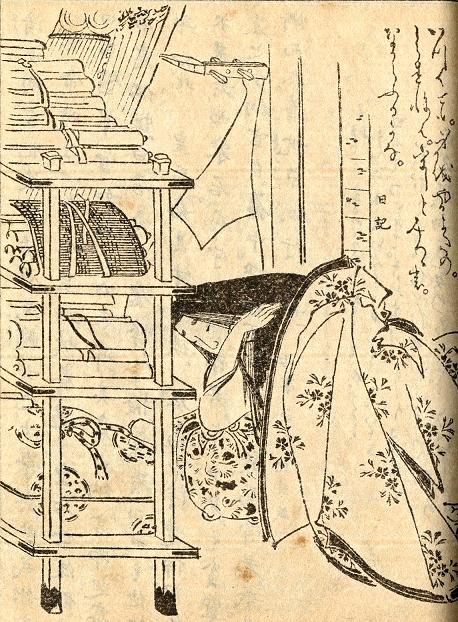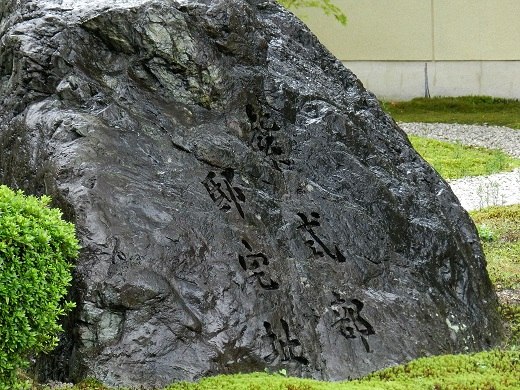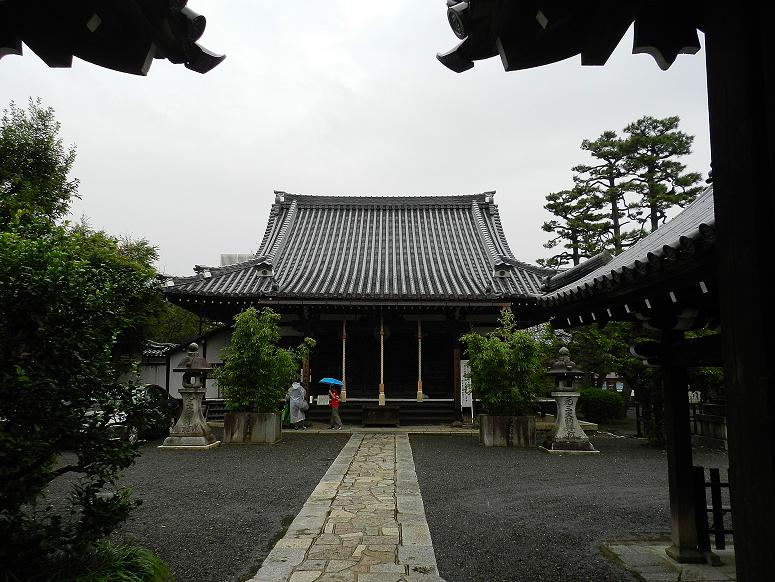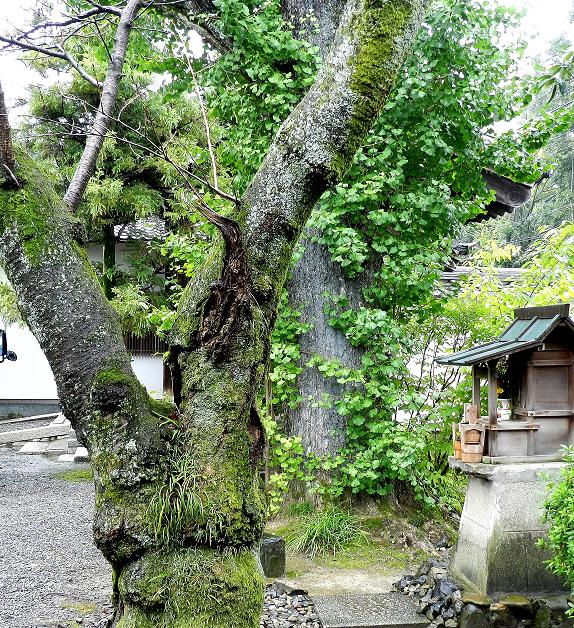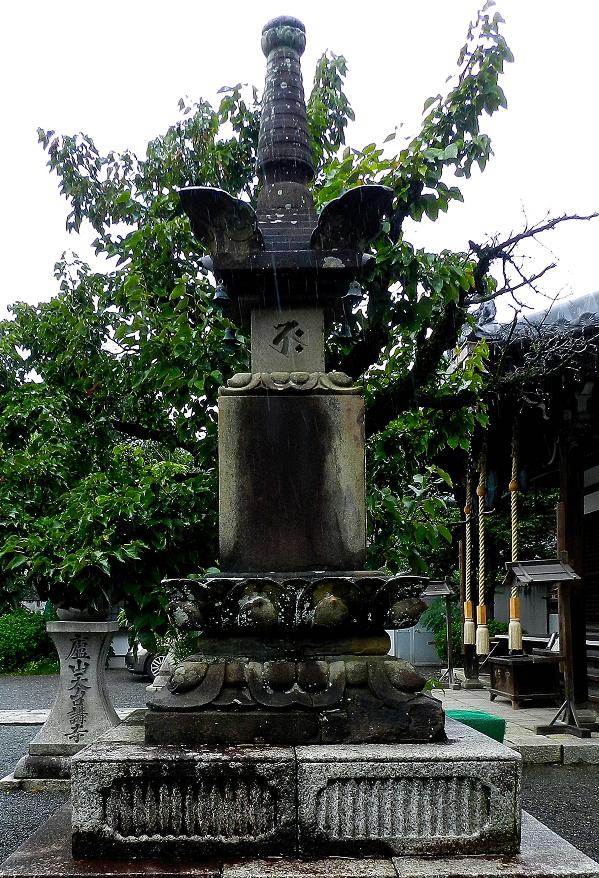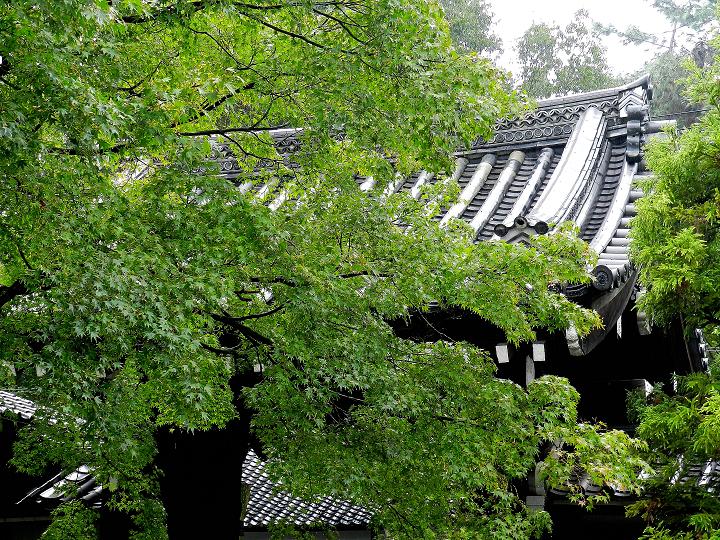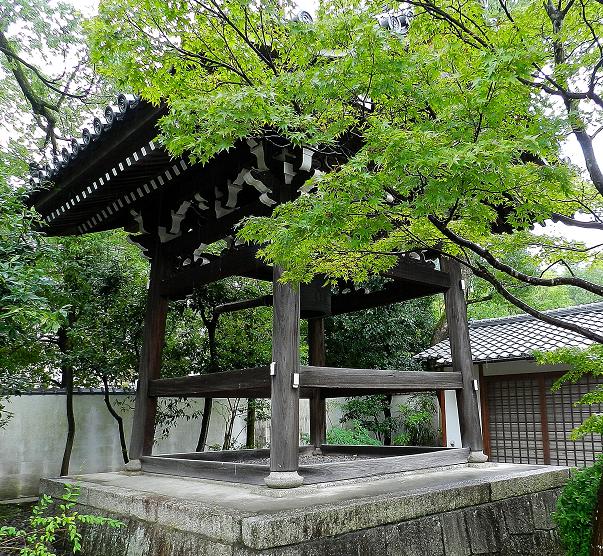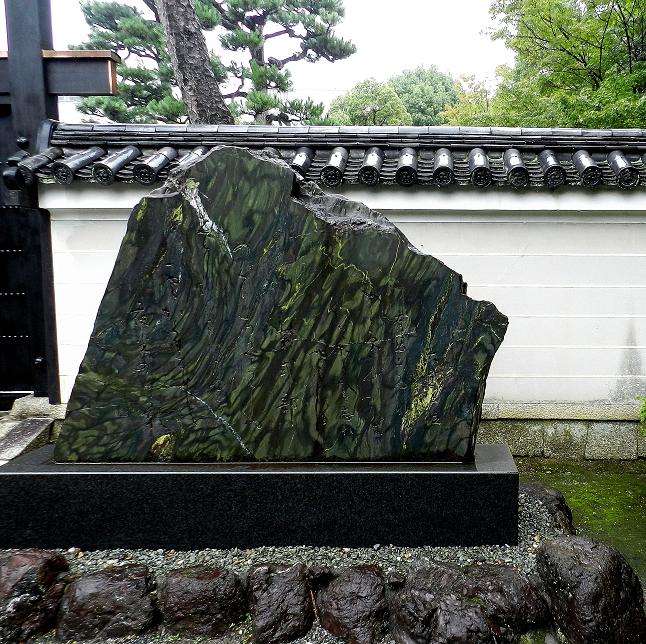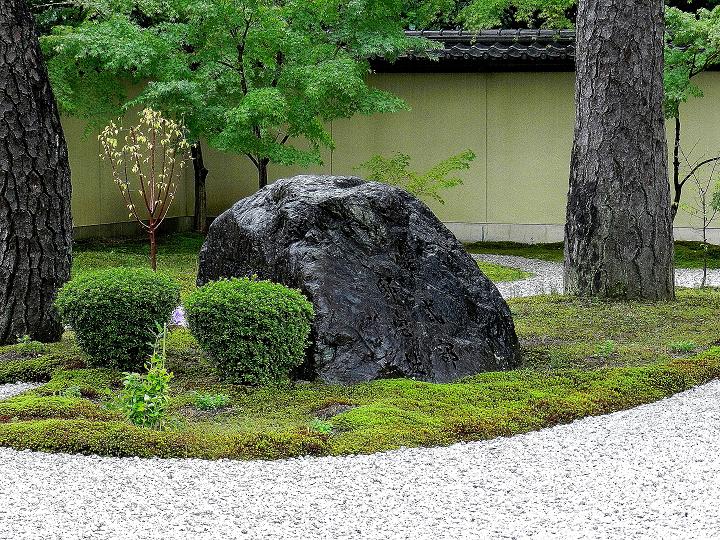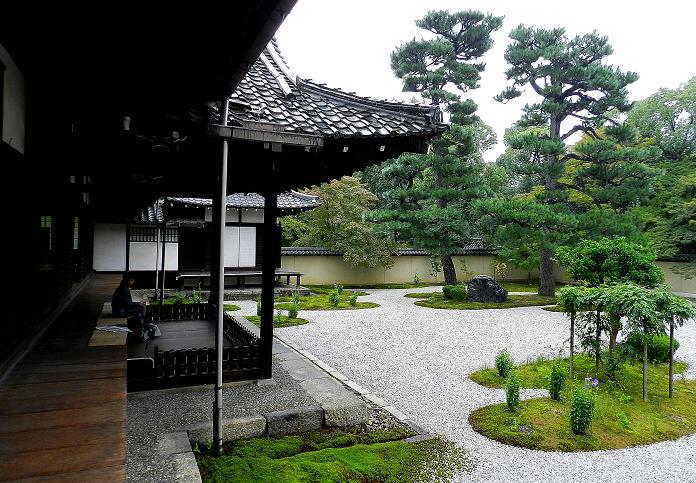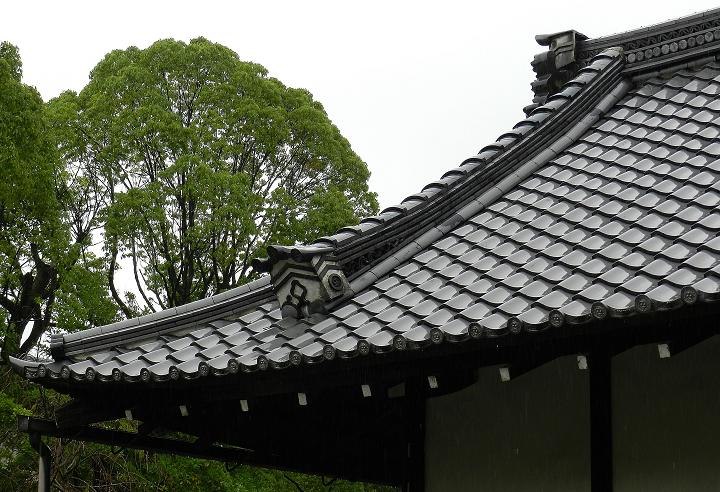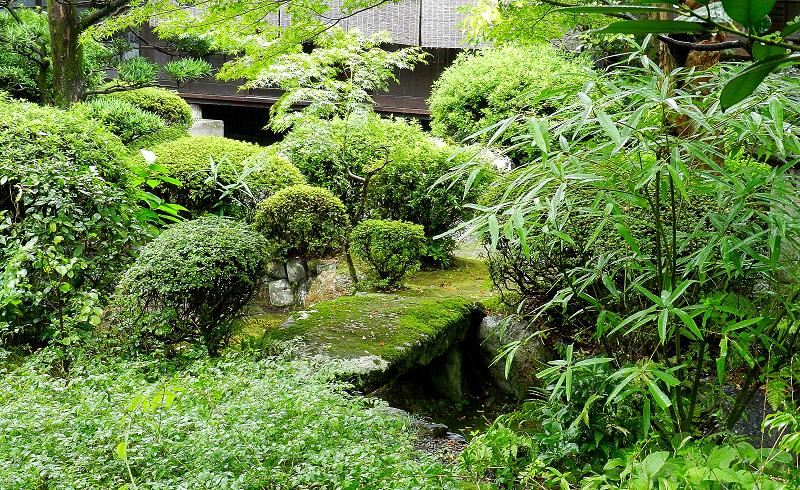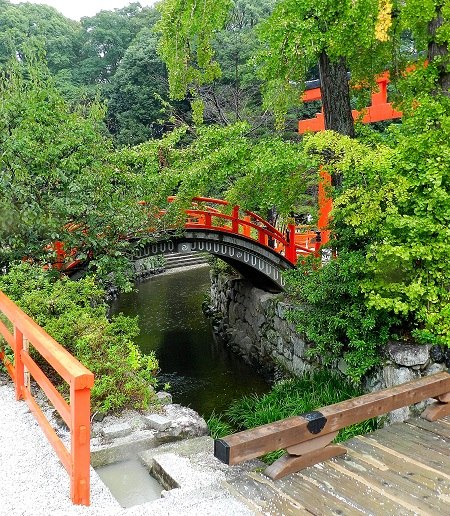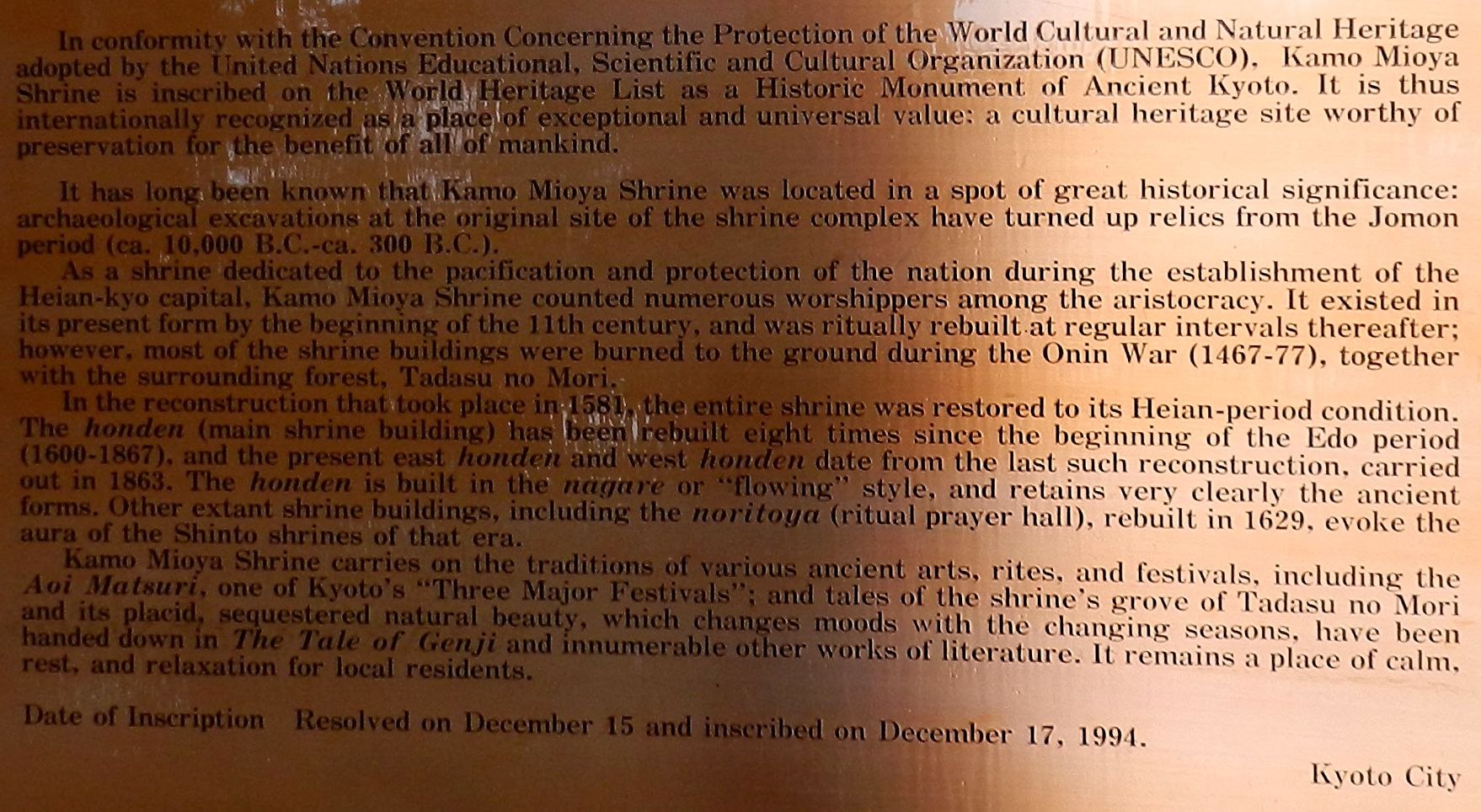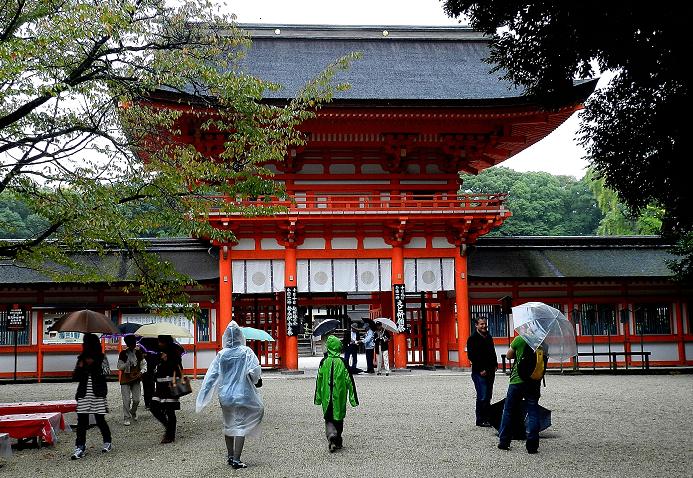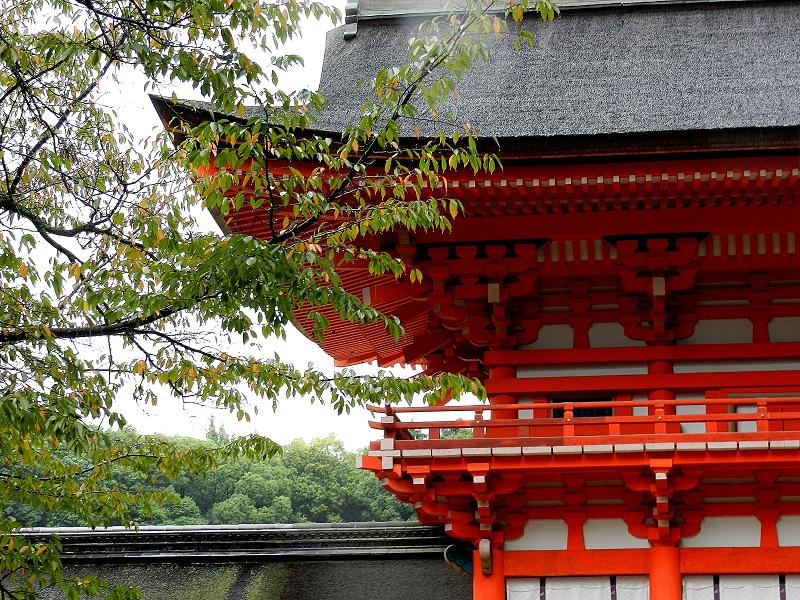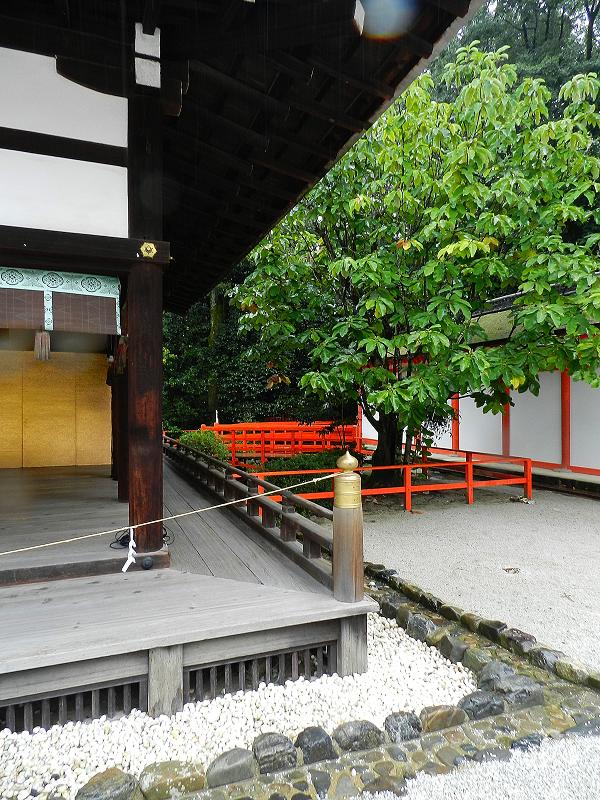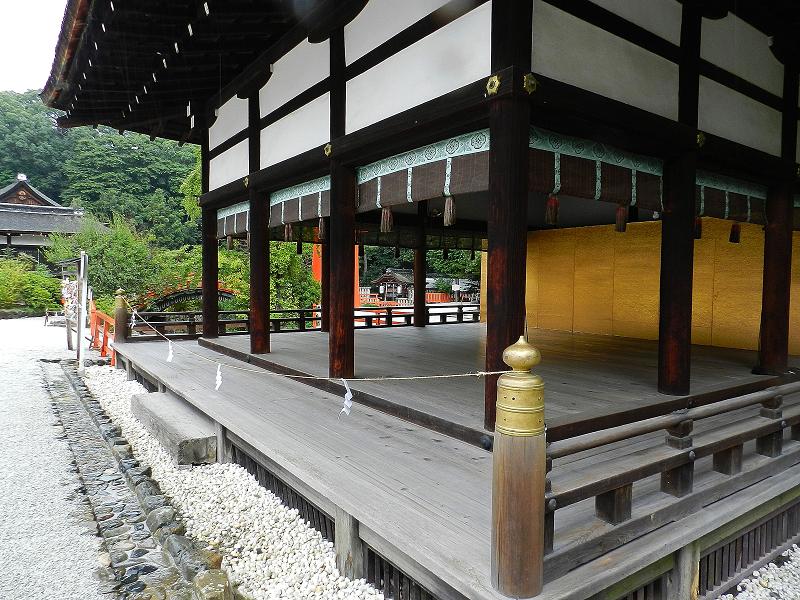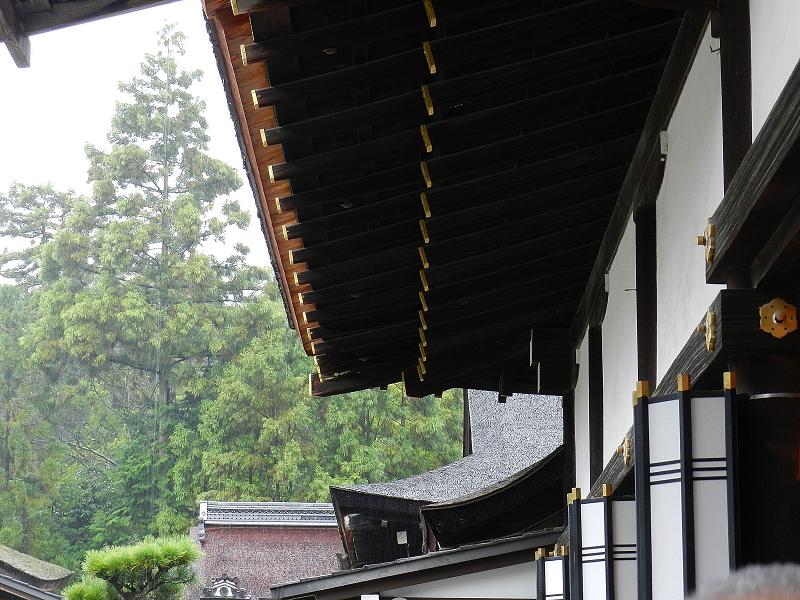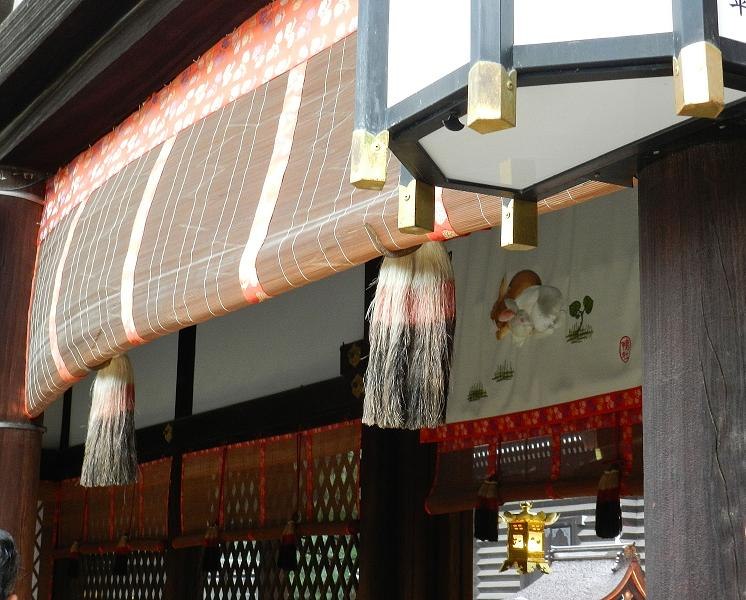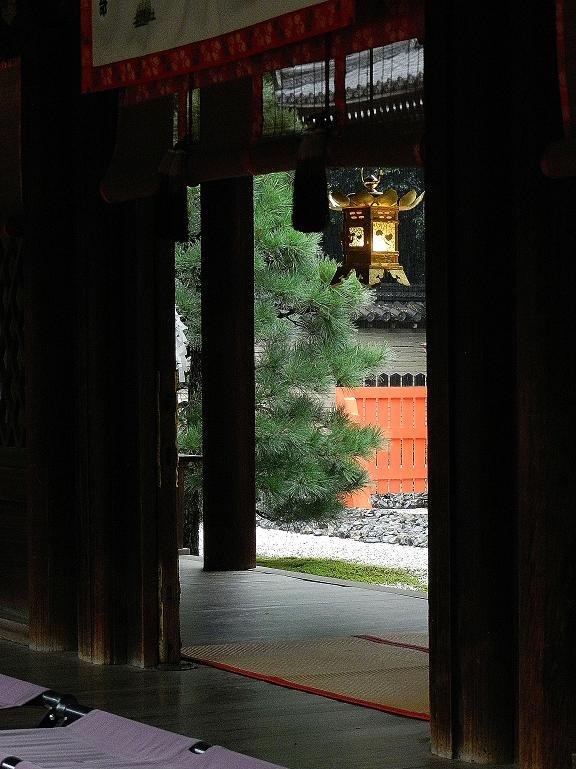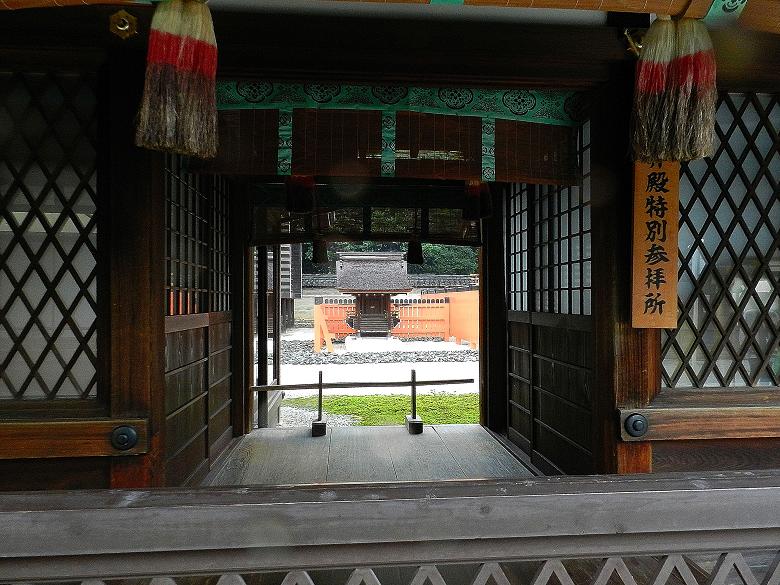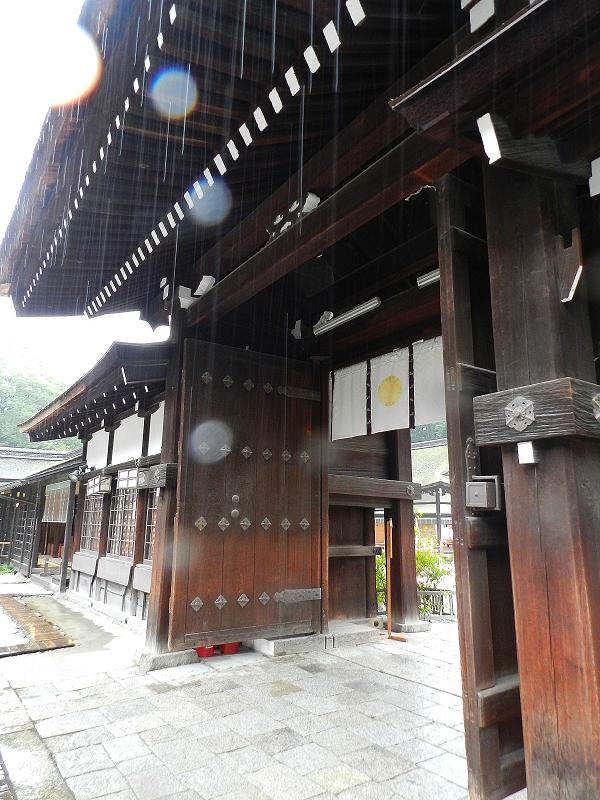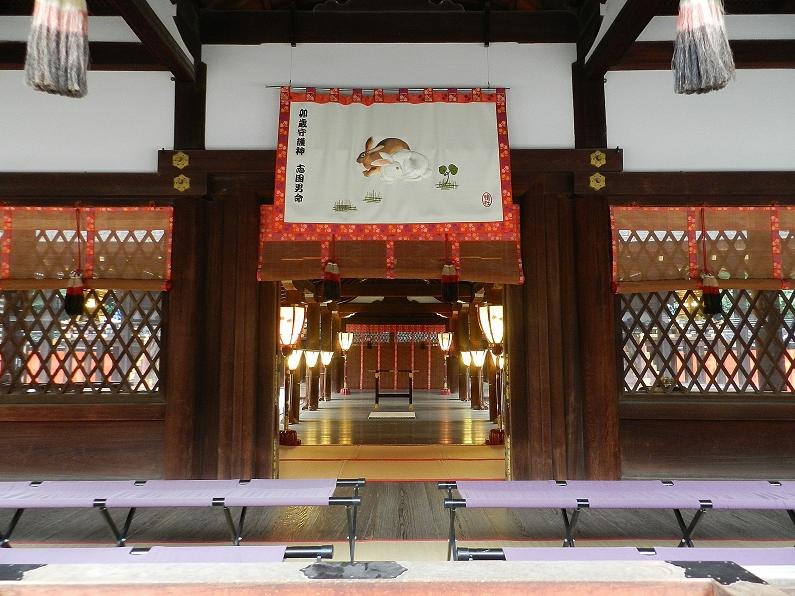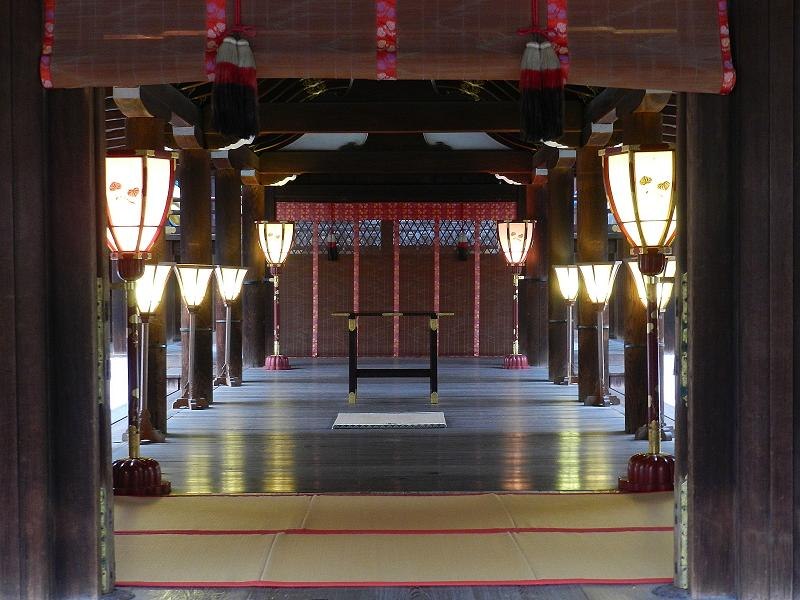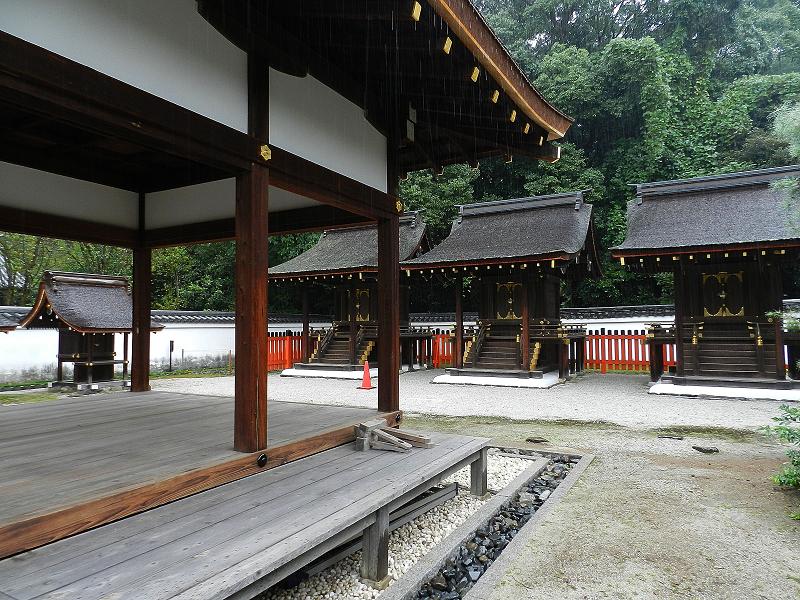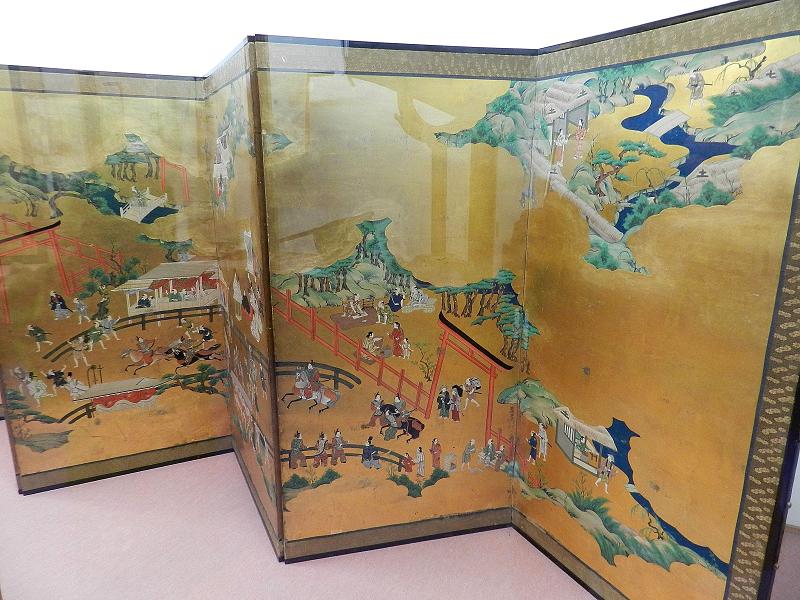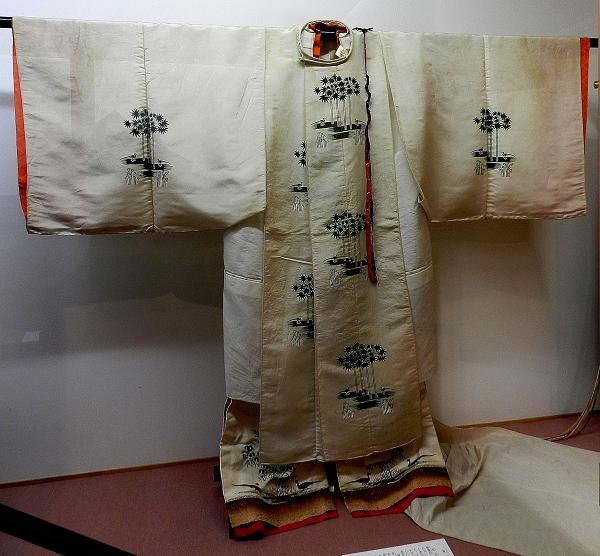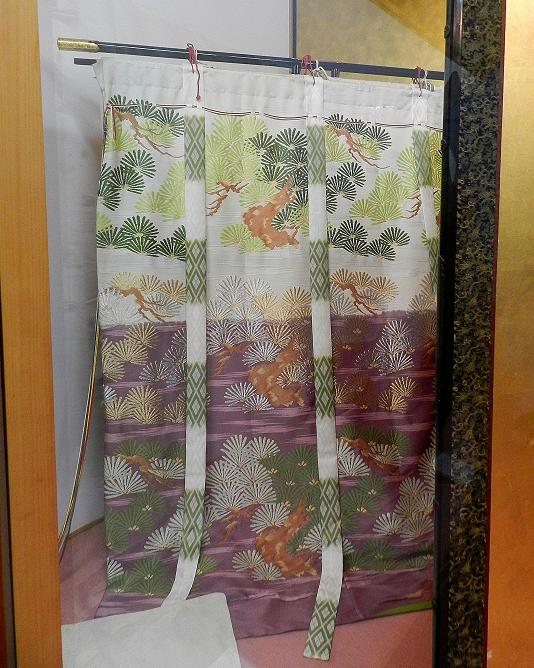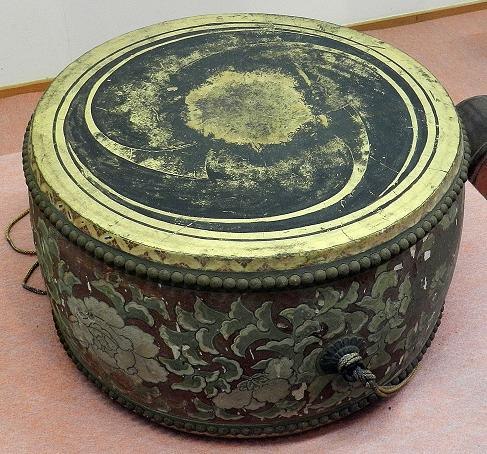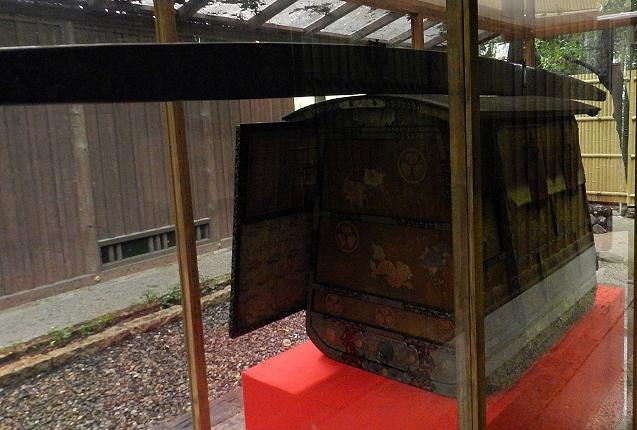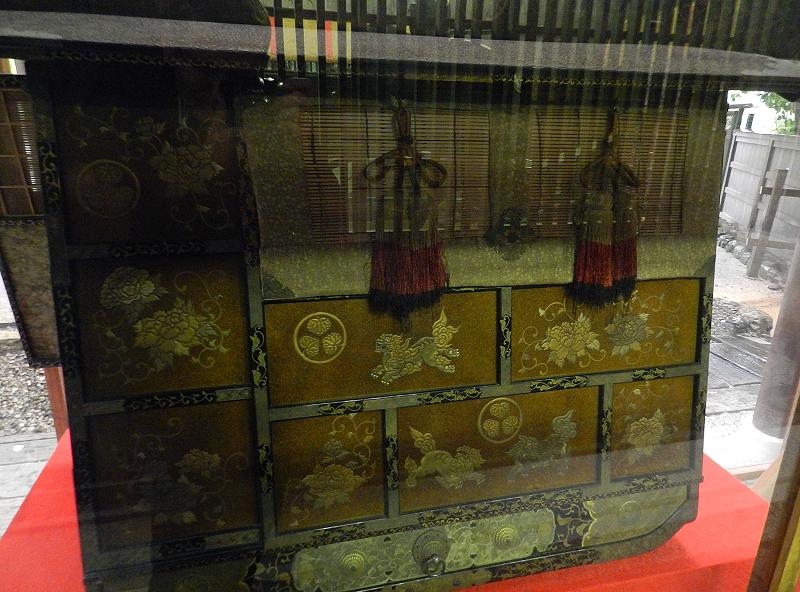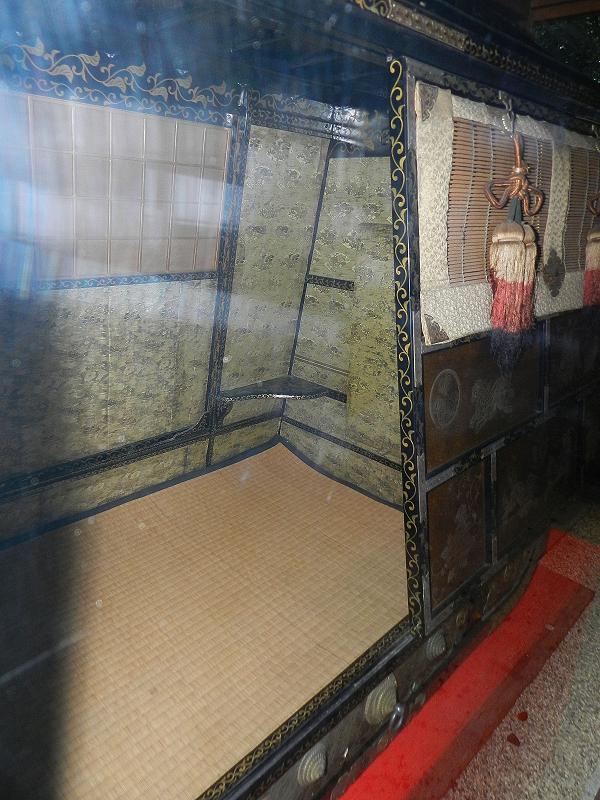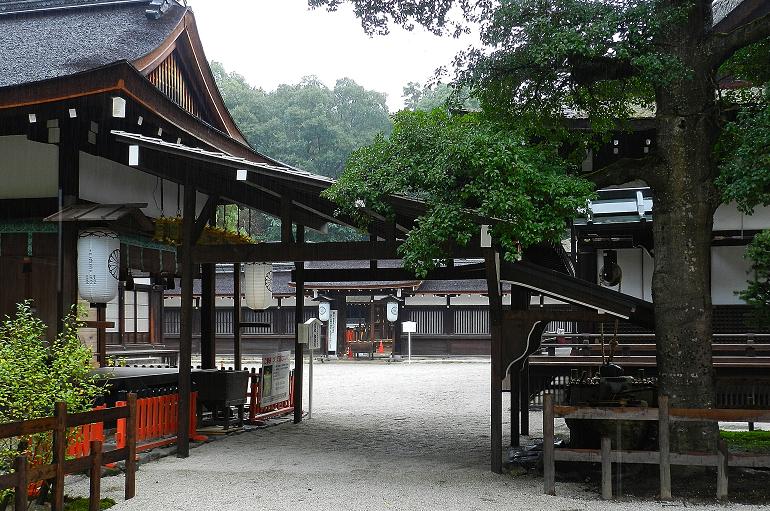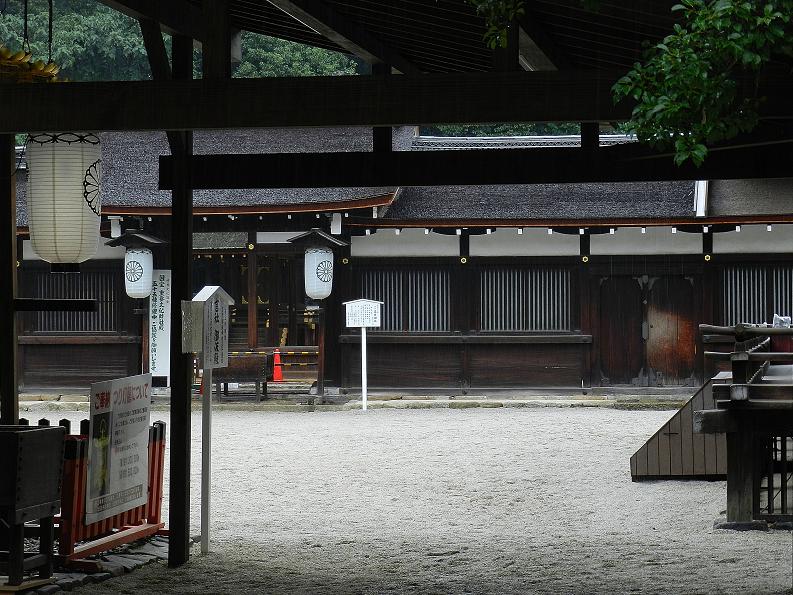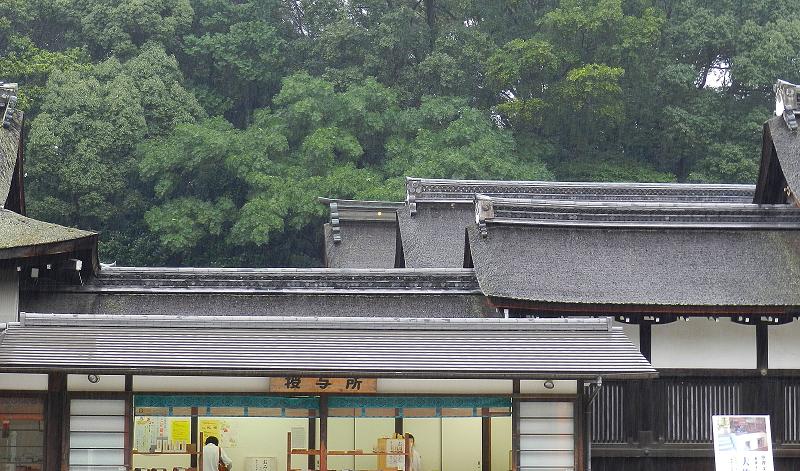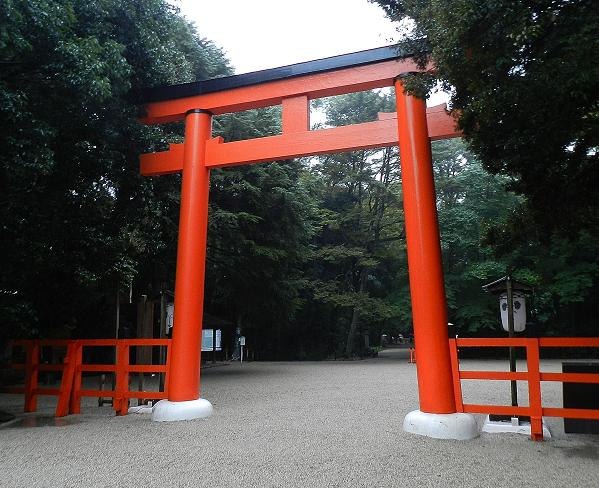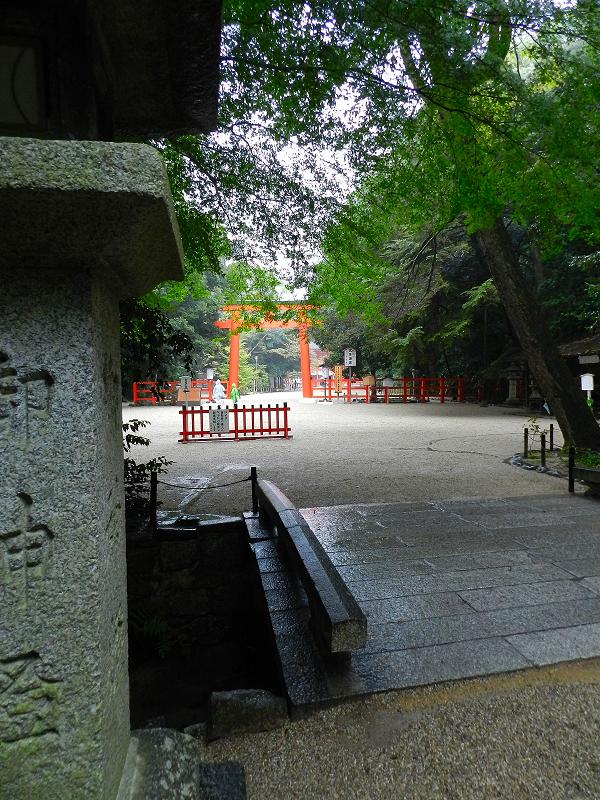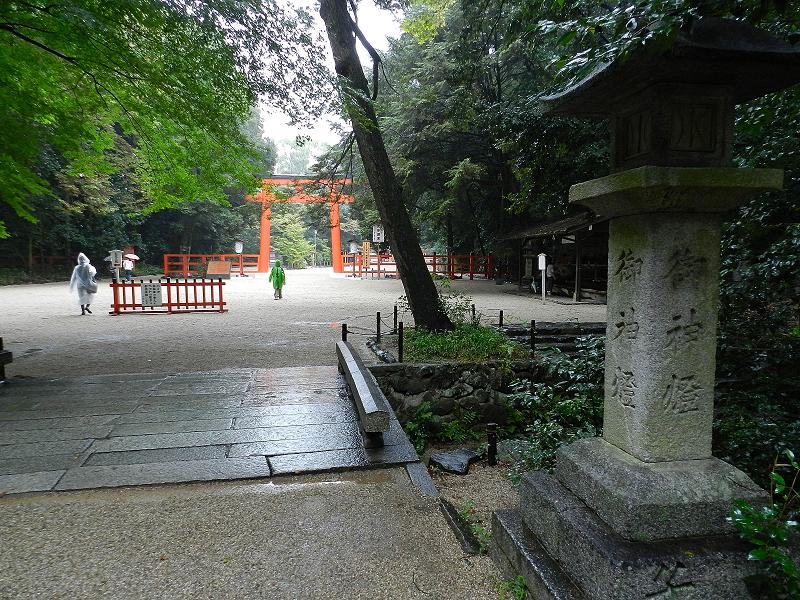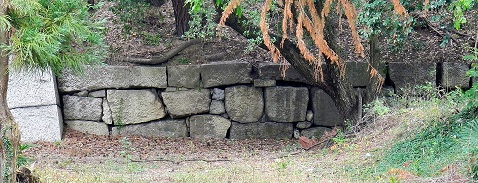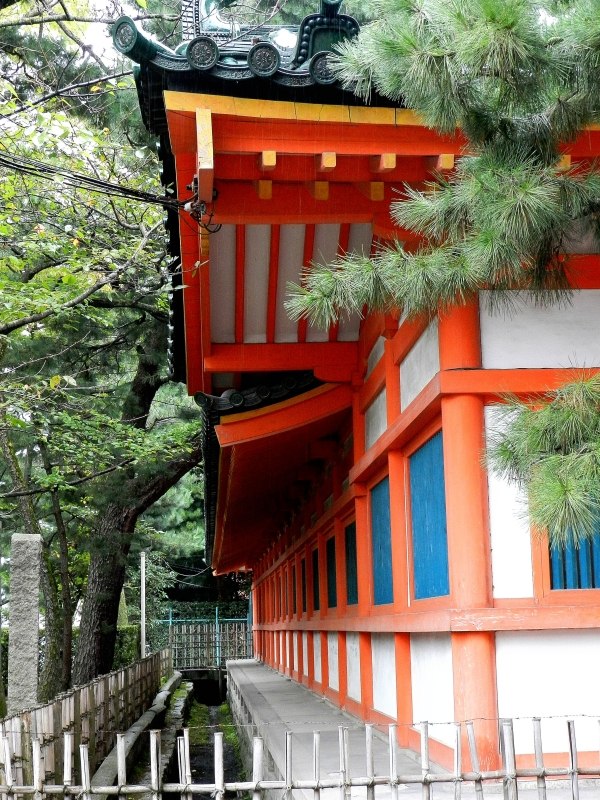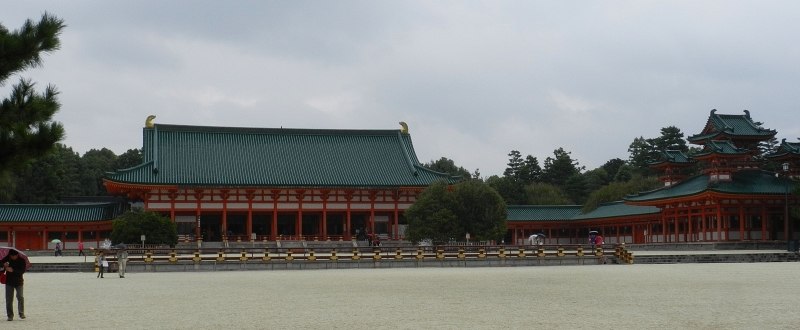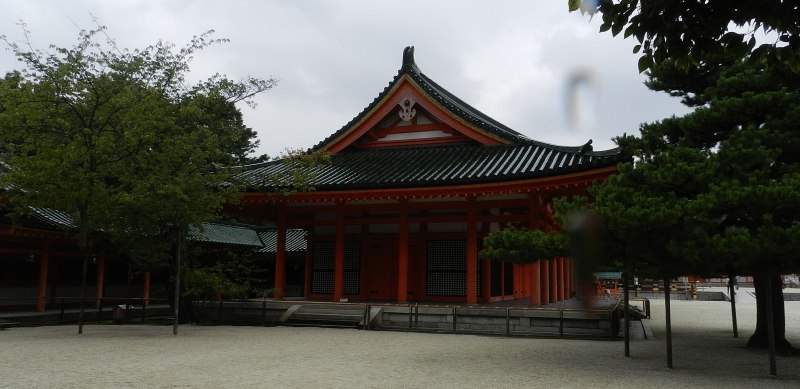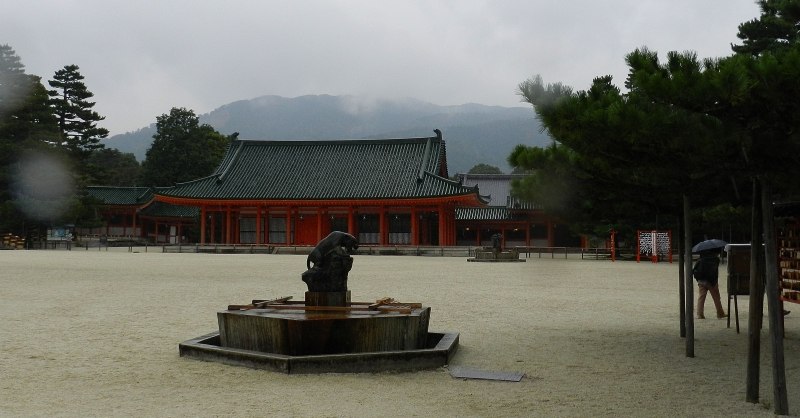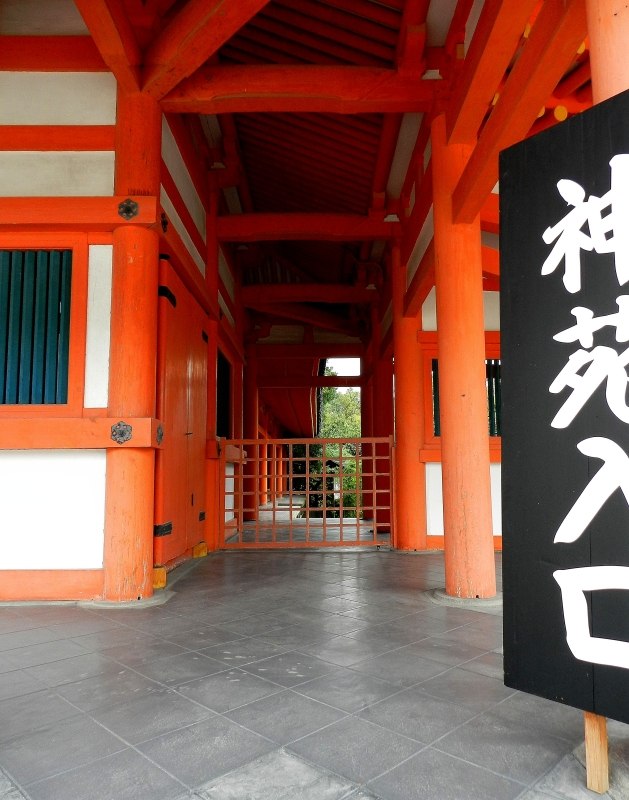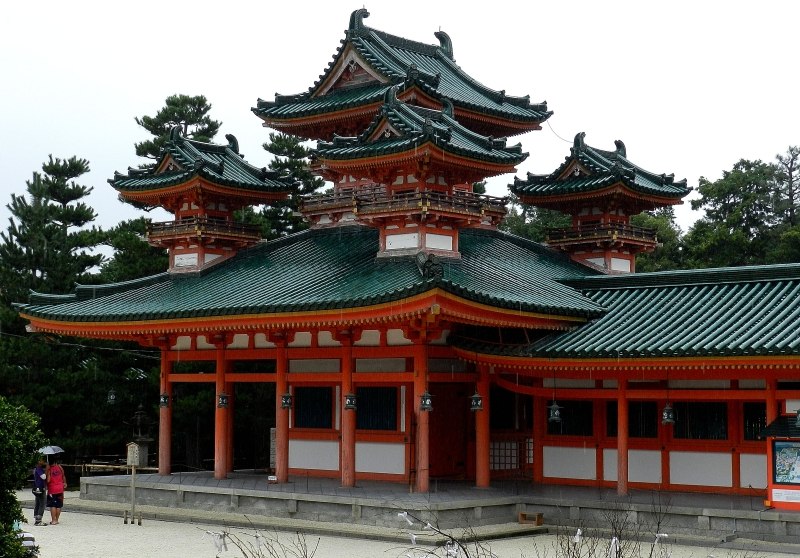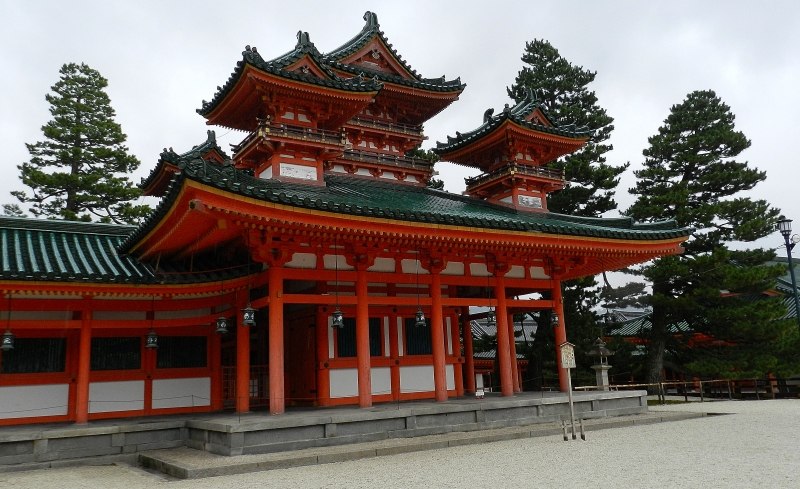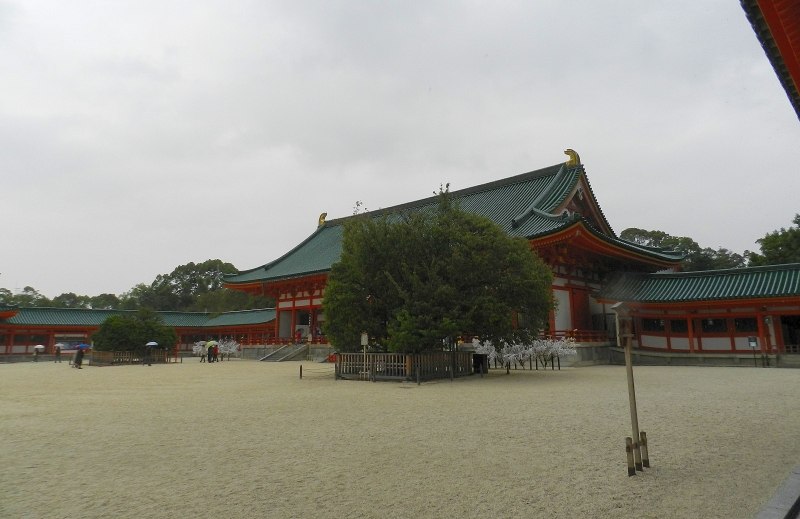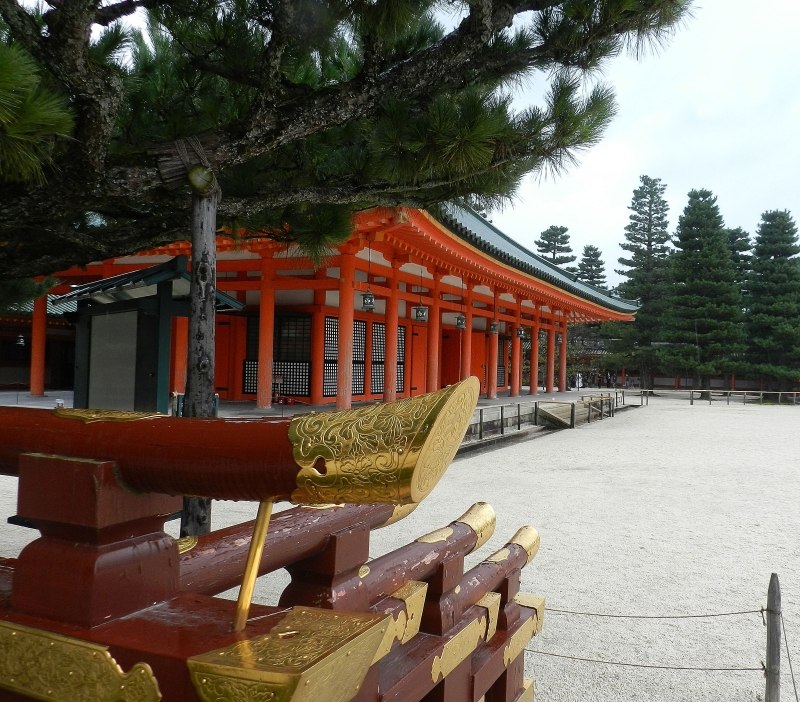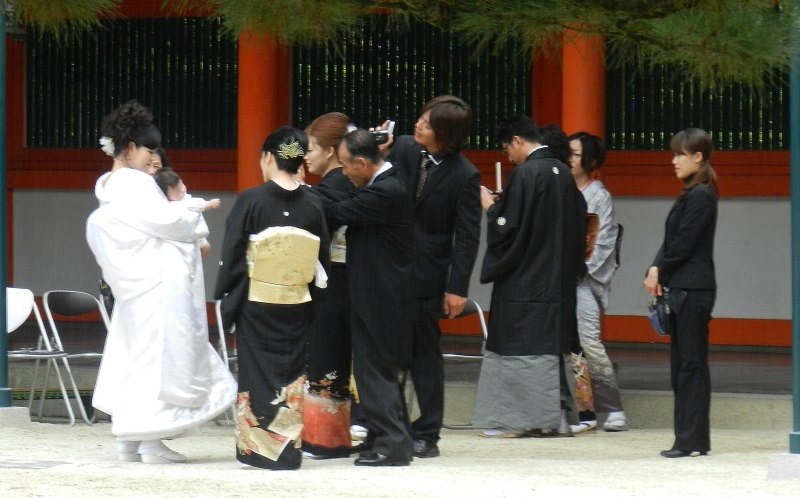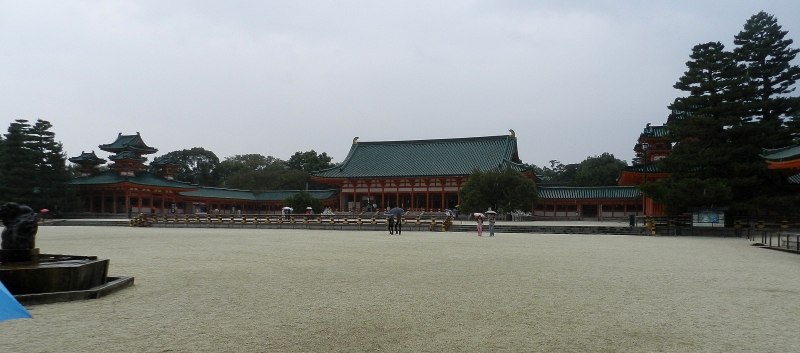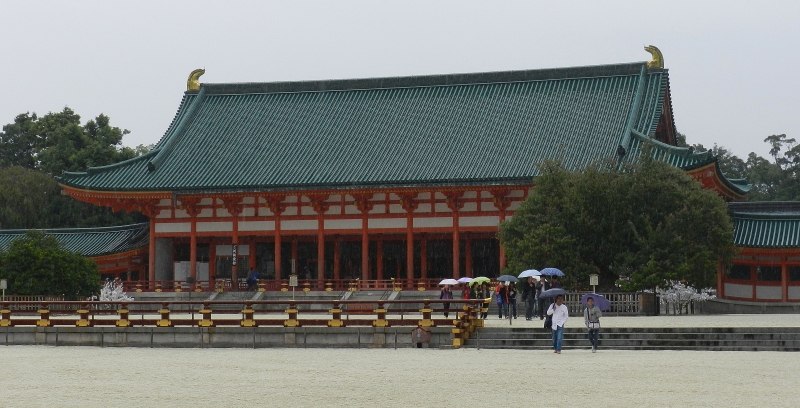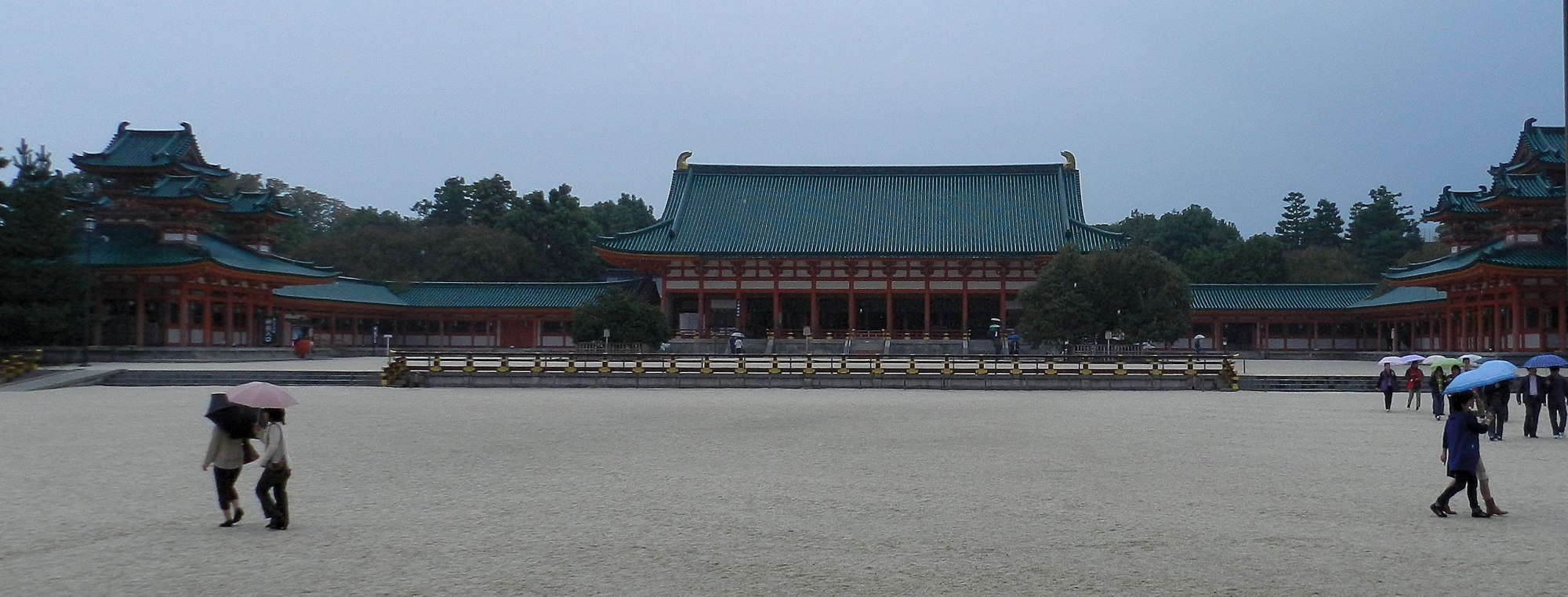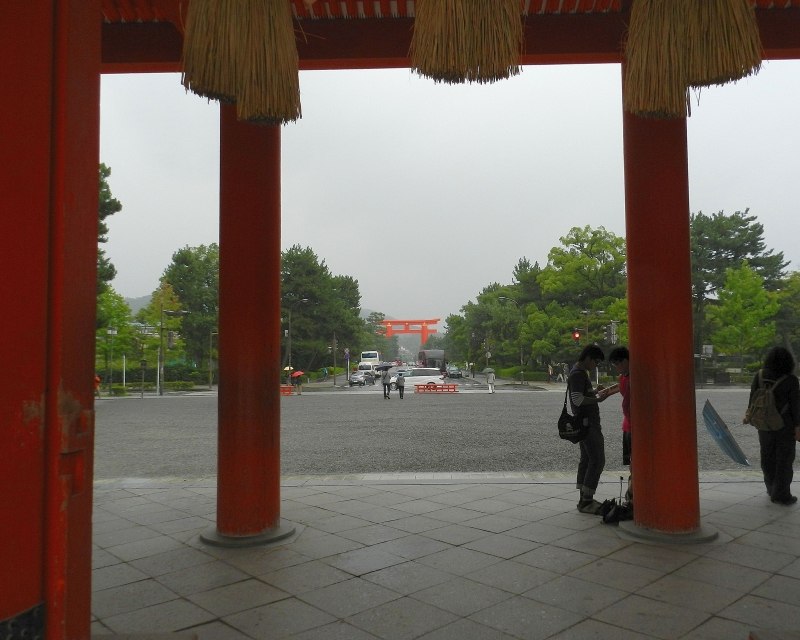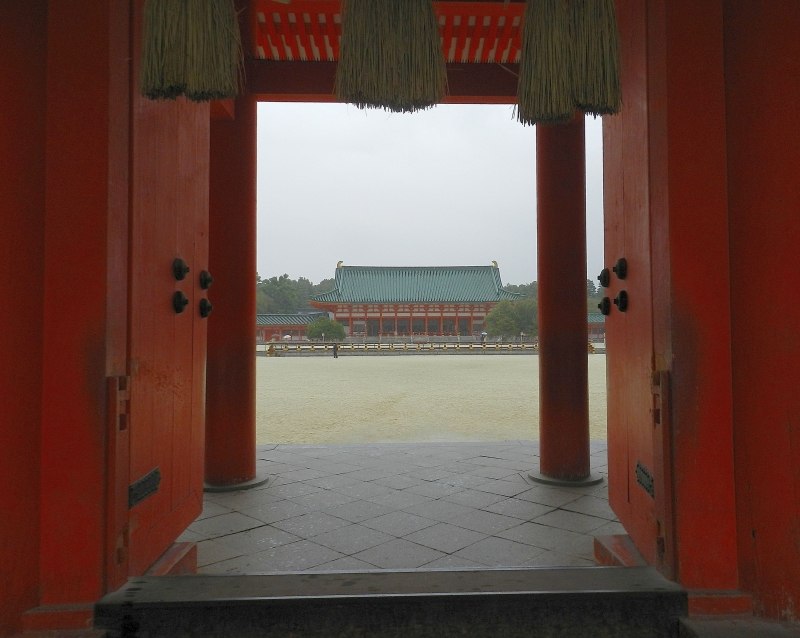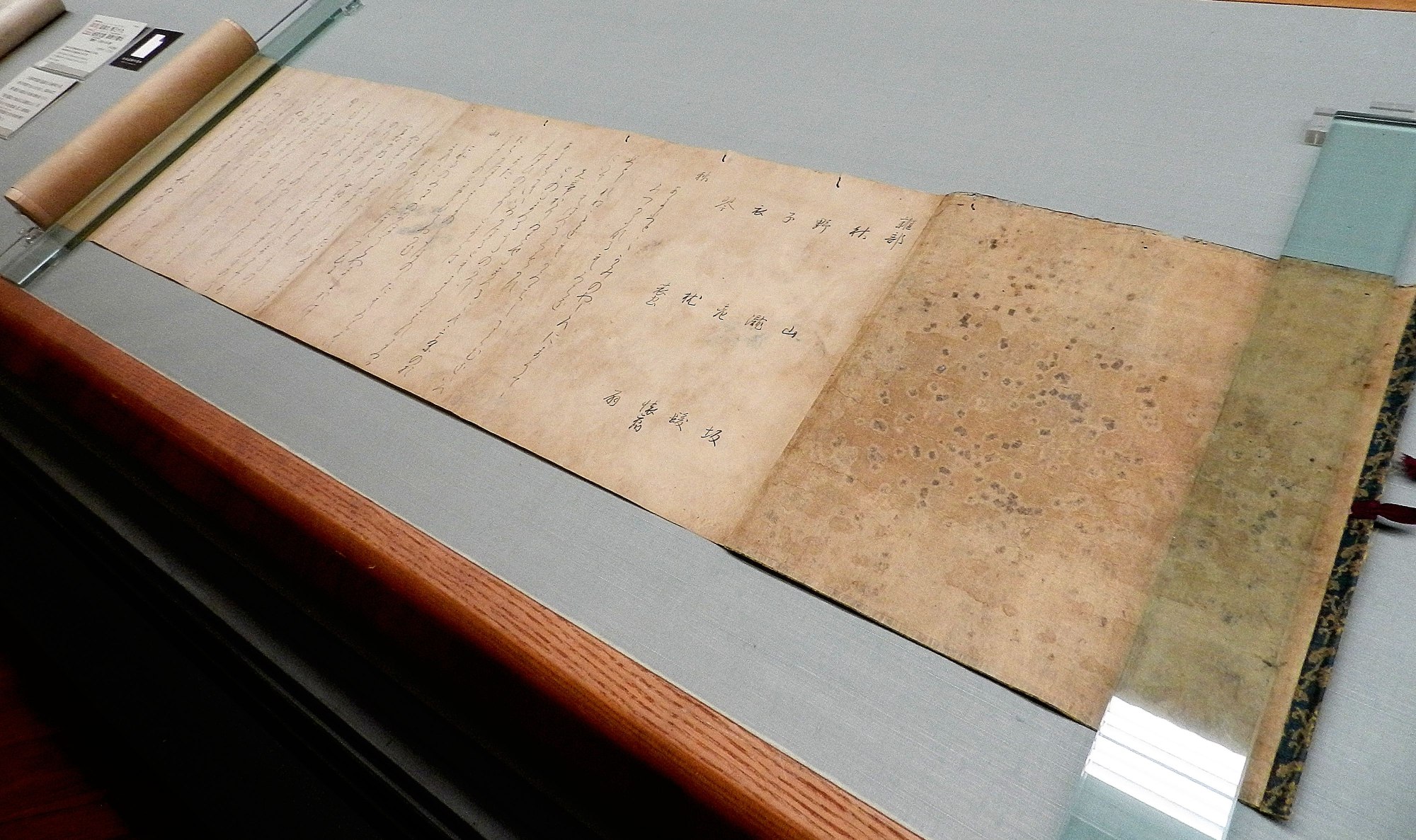ON THE TRAIL OF MURASAKI SHIKIBU
In 2011 I visited many of the places associated with the author of The Tale of Genji, often credited as the world’s first novel. Murasaki’s life spanned the turn of the previous millennium. Her celebrated work was written during the Heian period, a thousand years ago at the turn of the 11th century. While her reverence is unrivalled in Japanese literature, it’s a measure of the richness of Japanese culture that she owes her position as a ‘standout’ among many greats going back even further in time.
Murasaki Shikibu 973-1014 or 1020
Rozan-ji temple
Rozan-ji Temple sits on the site of Murasaki Shikibu’s home to the east of the Heian era Imperial Palace, where Murasaki’s great-grandfather, Kanesuke Fujiwara, built a mansion known as Tsutsumi-chunagon. Murasaki grew up at Tsutsumi-chunagon, lived here during her brief but happy marriage, and gave birth to her daughter Katako here. Much of her writing was produced here including parts of the Genji Monogatari (The Tale of Genji) and her Diaries. Rozan-ji Temple was built in the year 938 on a hill called Funokayama on the Northern outskirts of Kyoto, by the great Buddhist priest, Ganzin-Daishi. In 1571 the temple escaped destruction by fire at the hands of Oda Nobunaga. It was at the behest of Emperor Kokaku (1771-1840) that Rozan-ji was moved and reconstructed at its current site, where they maintain relics of Murasaki Shikibu’s home.
Shimigamo ShrineShimi-Gamo Shrine
“The stream before the Kamo Shrine…” The upper and lower Kamo Shrines were important to the Heian court and they feature in Murasaki Shikibu’s diary and in the Genji Monogatari. They survive to this day as the Shimigamo and Kamigamo shrines in Kyoto.
The Heian Imperial Court
A section of the Heian era palace wall survives within the grounds of Ni-jo castle, a site associated with the Tokugawa shoguns (1600-1868). When Murasaki Shikibu joined the service of Empress Shōshi around 1005, the Imperial Palace was under restoration following a fire, and shortly after returning, the Court were again forced to abandon the Palace due to fire. Heian-Jingu in Kyoto is a Shinto shrine constructed in the 1890s during the Meiji era to replicate the Heian era Imperial Palace.
Artefacts of the time of Murasaki.
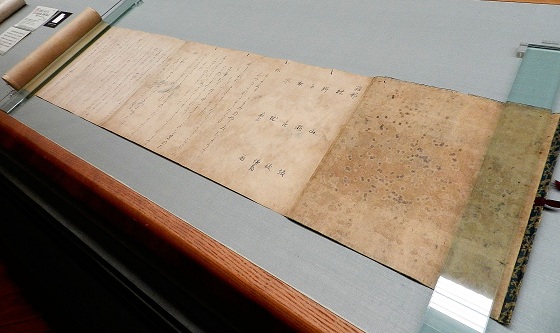
While no contemporary copies of the Tale of Genji survive, other 11th Century texts do, including this 11th Century anthology of poems by Fujiwara no Kanesuke (837-933), great-grandfather of Murasaki Shikibu. The anthology known as Meikakashugire is attributed to Mi no Tsurayuki and is one of a number of Heian era scrolls on display at the National Museum in Tokyo.

